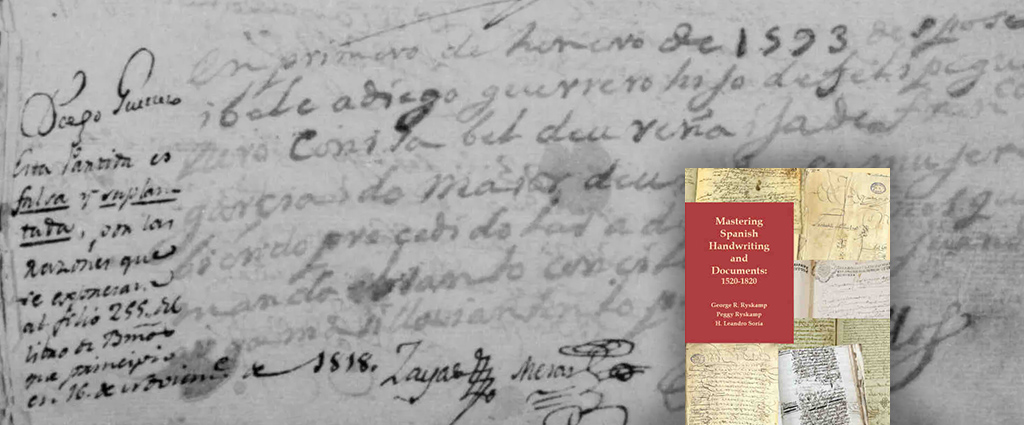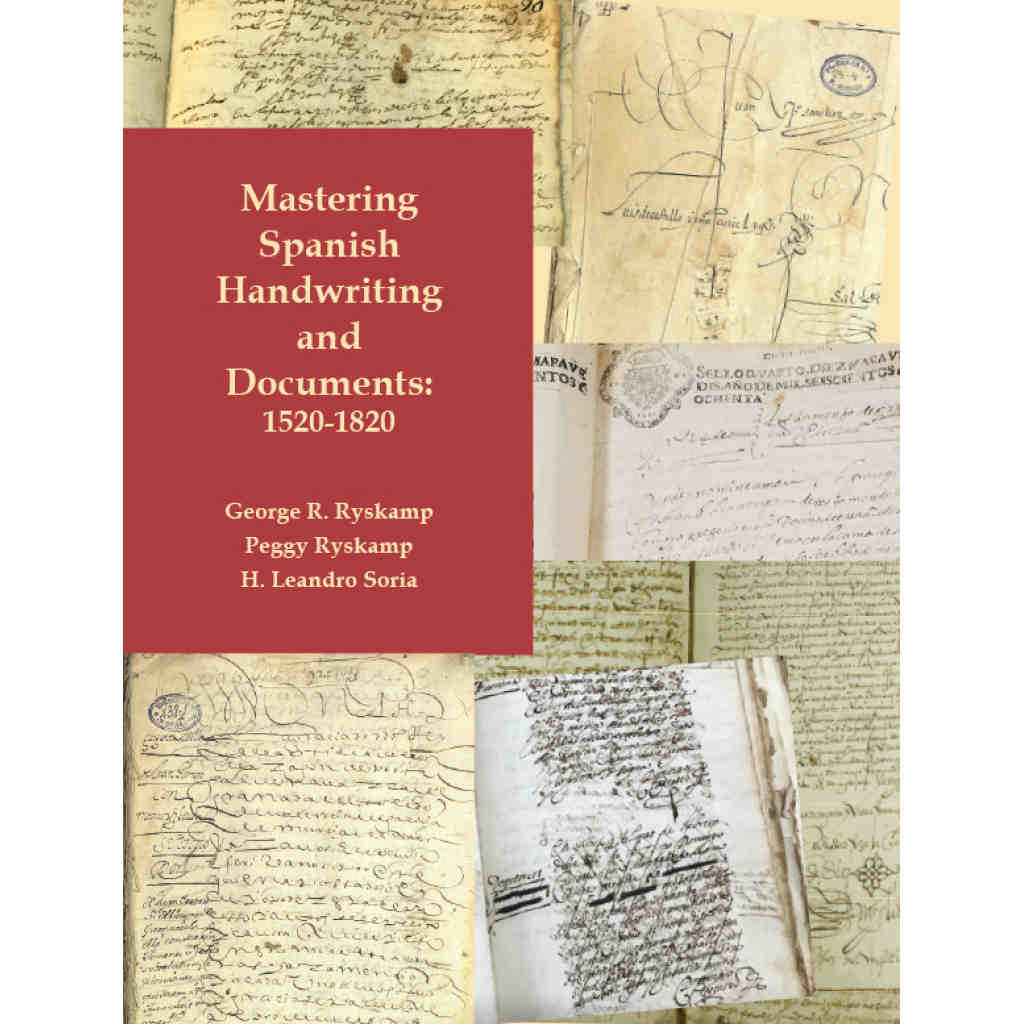
Understanding Spanish Parish Records
English-speaking researchers and historians working with Spanish documents, as well as native speakers unfamiliar with early Spanish handwriting, face two hurdles—understanding the handwriting and vocabulary, and grasping the records’ institutional, historic, social, and cultural context. The new book, Mastering Spanish Handwriting and Documents: 1520-1820, by George R. Ryskamp, Peggy Ryskamp and H. Leandro Soria, addresses these challenges. Multiple examples throughout the volume familiarize readers with records written in both Humanistic hand (italica) and the older, more difficult Secretary hand (cortesana or procesal), in the process giving users a deeper, more accurate, and more fulfilling research experience.
One of the most valuable sources for genealogists—in any language—are parish records. Death records, in particular, are noteworthy for identifying the decedent, his/her spouse, a date and place of death, and sometimes other familial data. Consider the following example from Chapter 10 of Mastering Spanish Handwriting and Documents 1520-1820, which, like all the illustrations from the book, shows the original hand-written document, its transcription into Spanish, the English translation, and notes and comments that put the document into context.
Example:




